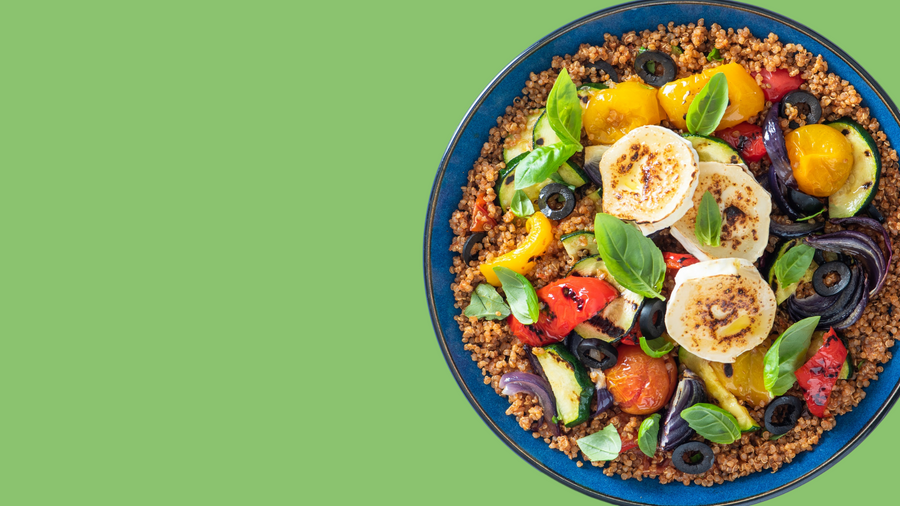Quinola Blog
Find out about what we've been up to, useful tips and info on how eating quinoa as part of a healthy diet helps prevent diabetes.
Find out about what we've been up to, useful tips and info on how eating quinoa as part of a healthy diet helps prevent diabetes.


Great British Chefs get introduced to Quinola
Last week I was invited up to the offices of Great British Chefs, the destination website for all your recipe needs. The challenge was to prepare a Quinola based meal for 10 with probably the world’s worst oven! Not being a great British Chef by any stretch of the imagination I felt rather underqualified for the task. I had offered a range of dishes, and Eliot had chosen roast winter vegetables with quinoa as the most seasonal. Given that he was looking after the shopping, was a bit surprised to find Brussel sprouts, celeriac, turnip and sweet potato as the...
How do I cook Quinola via the absorption method?
A bit like rice you can cook quinoa using the absorption method. Two parts of water to one part of quinoa, and cook over a medium heat until all the water has been absorbed. You can increase or decrease the amount of water to get different textures, with some cooks going as low as 1 part water for 1 part quinoa for an extra crunchy bite. You can also cook quinoa in a rice cooker. Shu, a Quinola fan, has had great results with our Quinola in her rice cooker. Just like rice, you add one part quinoa with two parts...
Pasta alternatives
Quinola makes a great alternative to pasta. Not only is it gluten free, helping avoid that bloating you can get with too much gluten, but it also happens to be super healthy. Full of vitamins and vegetable protein, it has slow release carbs that will make you feel fuller for longer. That should help you avoid the biscuit box as you try and burn off some of that extra weight piled on over Christmas. Given how easy it is to cook, you’ll soon be wondering why you haven’t been using this great tasting alternative for ages.
A letter to the Guardian
Dear Sir, In response to your quinoa article on the 14th of January, I would like to highlight the significant difference between Peruvian and Bolivian quinoa production as a Peruvian quinoa importer. Peruvians still consume the majority of their quinoa production domestically and typically, practice mixed agriculture rather than monoculture. Malnutrition amongst the communities with which we work is non-existent and land is not in short supply. The limiting factor in quinoa production is capital rather than acreage for the farmers of Cabaña with whom we work, so we have been helping them expand their micro finance scheme to provide capital...
Recent articles


